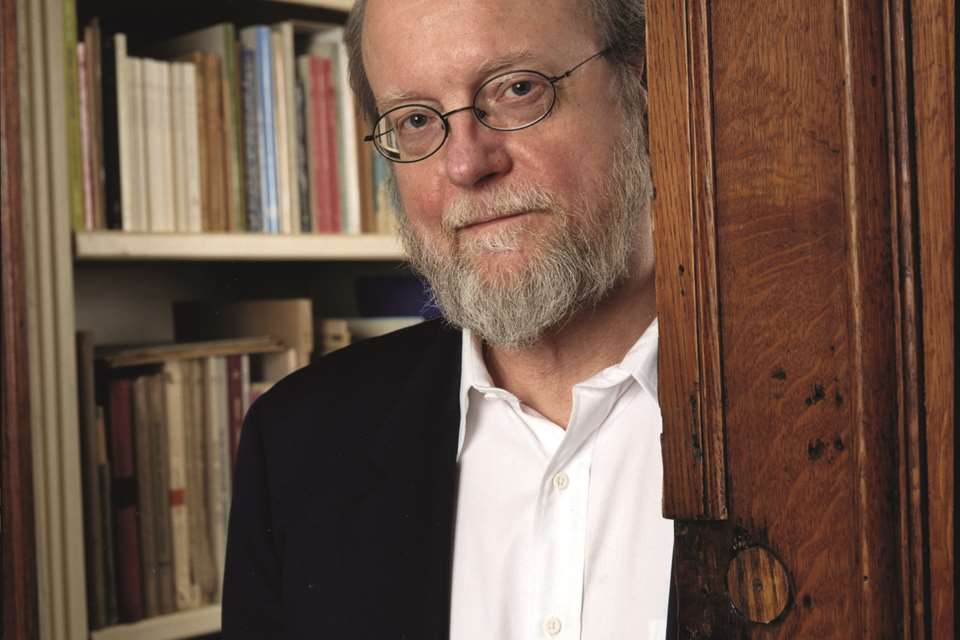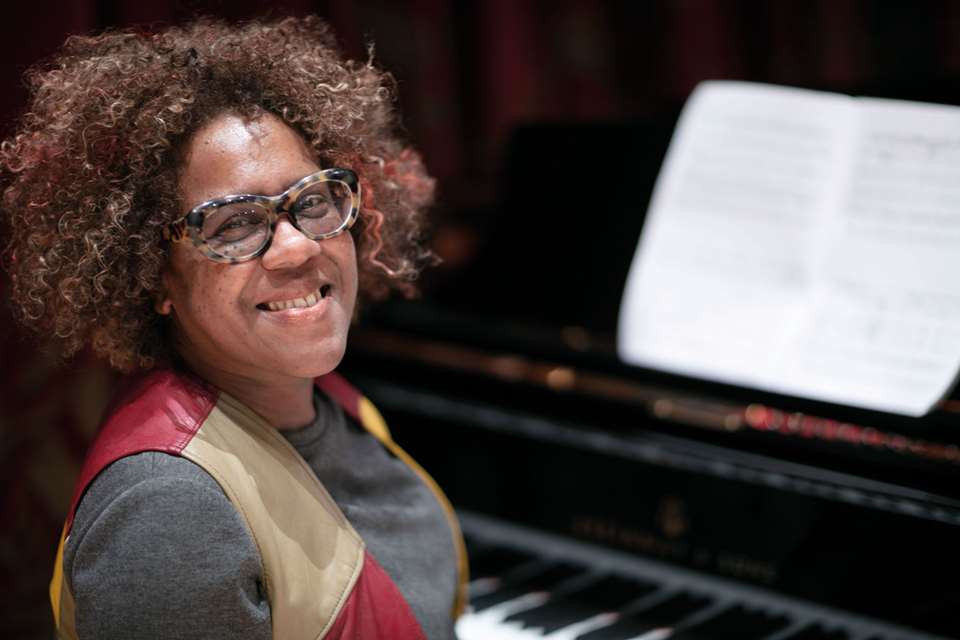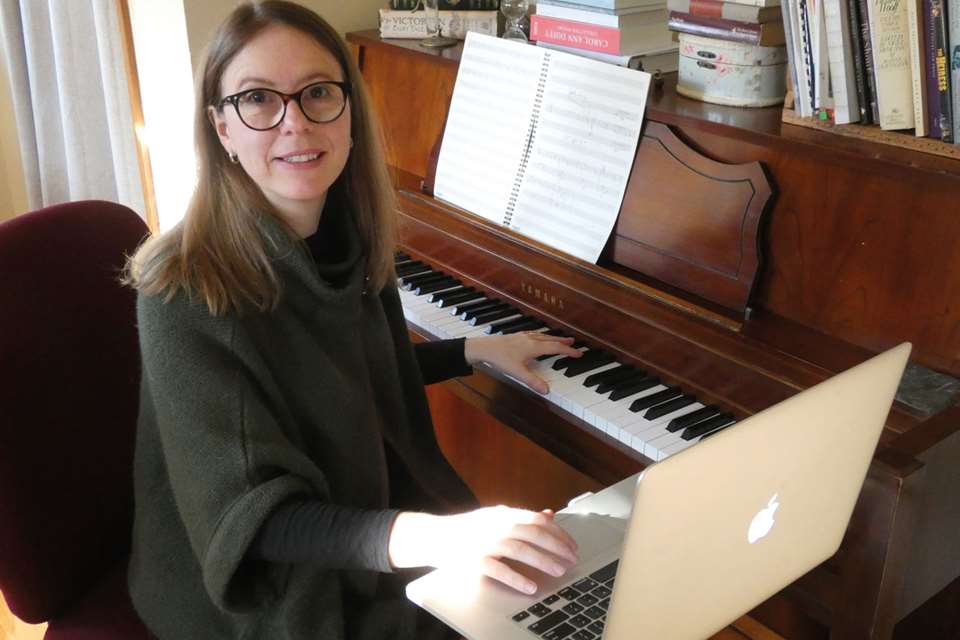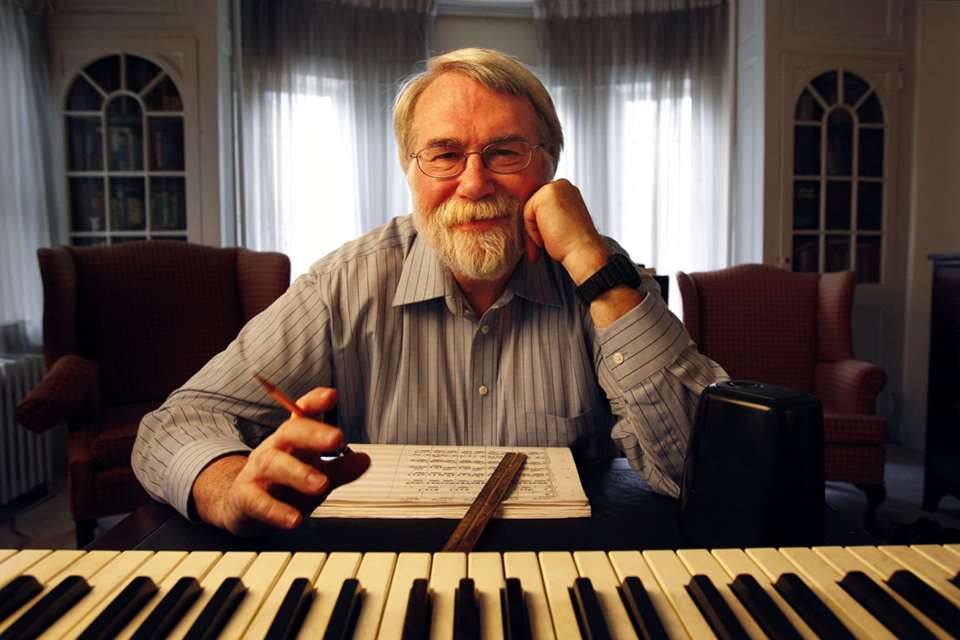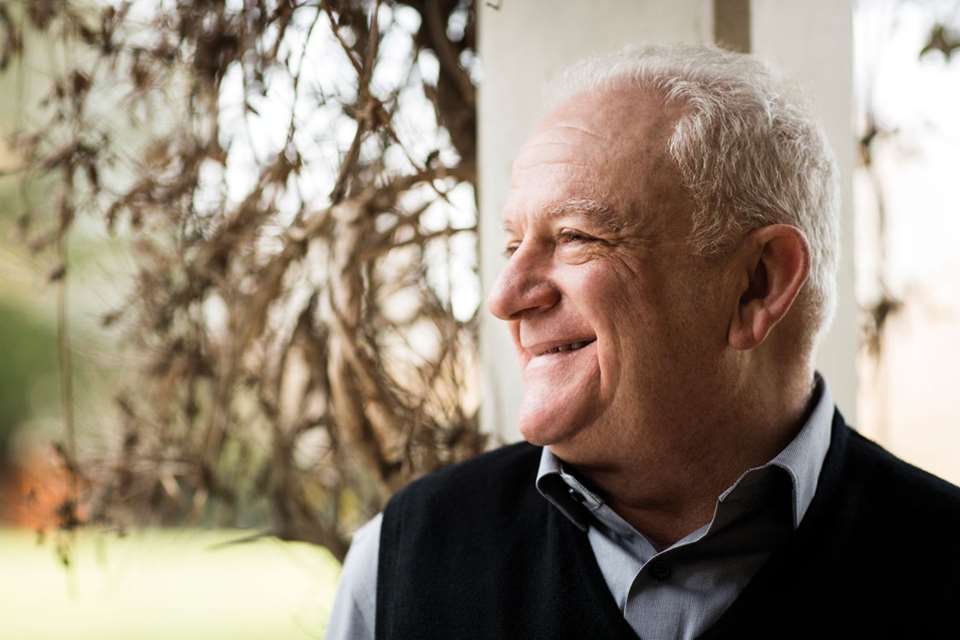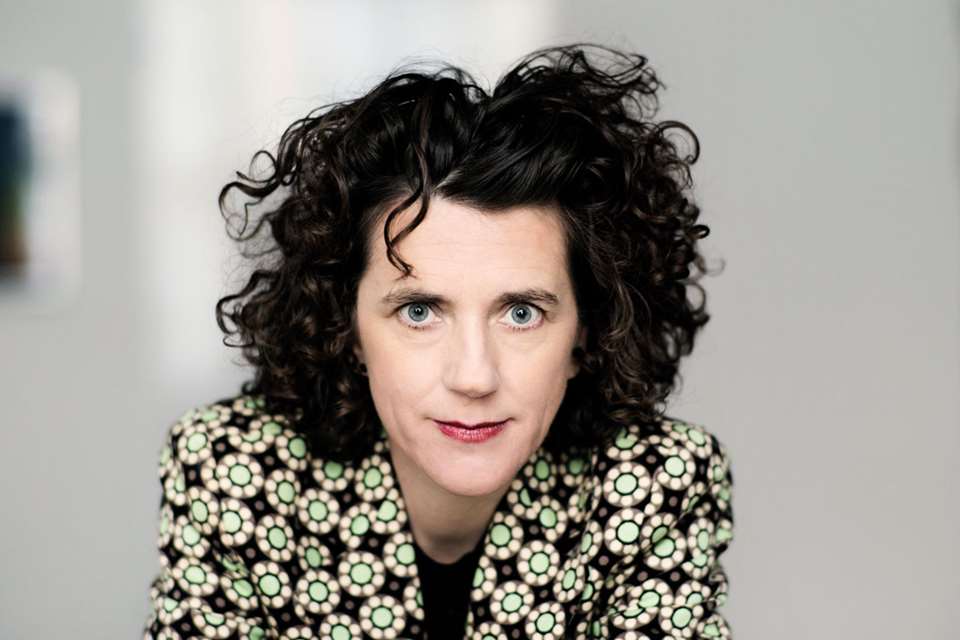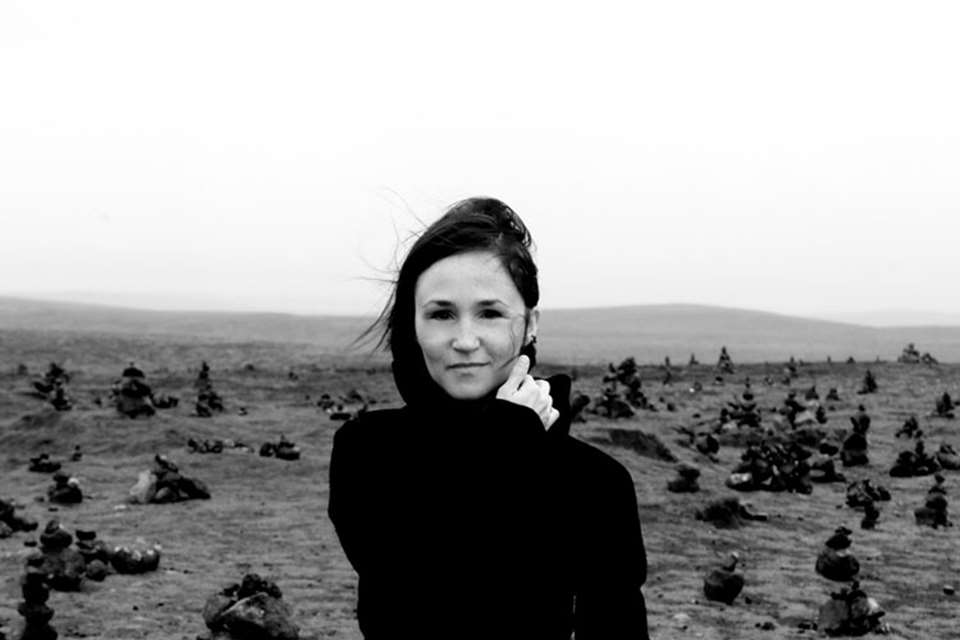A tribute to Friedrich Cerha, who has died at the age of 96
Liam Cagney
Tuesday, February 14, 2023
Liam Cagney reflects on Friedrich Cerha’s life, influences and work
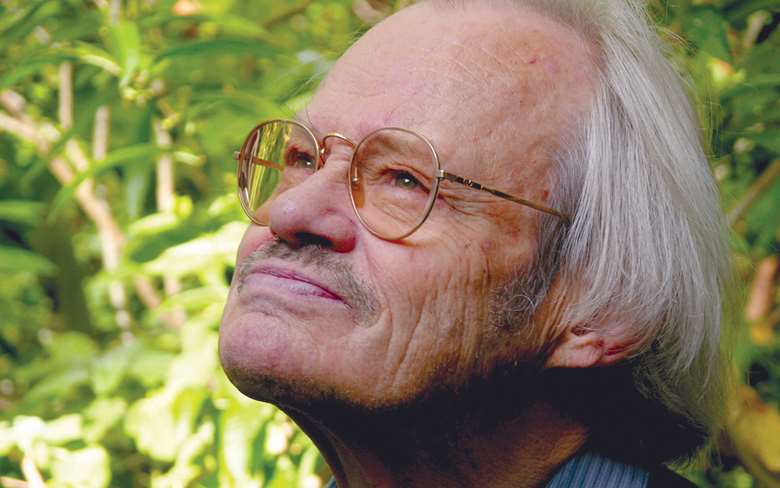
Register now to continue reading
Thanks for exploring the Gramophone website. Sign up for a free account today to enjoy the following benefits:
- Free access to 3 subscriber-only articles per month
- Unlimited access to our news, podcasts and awards pages
- Free weekly email newsletter




